Order Testudines Scientific name Homopus Higher classification Tortoise | Subphylum Vertebrata Family Testudinidae Phylum Chordata Rank Genus | |
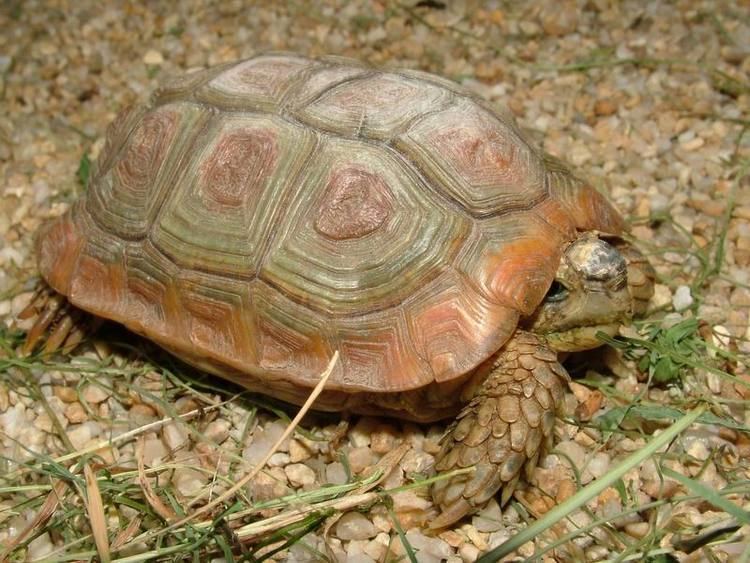 | ||
Mass Homopus signatus: 95 – 160 g Length Homopus signatus: 6 – 8 cm Lower classifications Homopus signatus, Homopus solus | ||
Homopus signatus eating dandelion
Homopus is a genus of tiny tortoises in the Testudinidae family, endemic to southern Africa. The genus includes the smallest tortoises in the world.
Contents
- Homopus signatus eating dandelion
- Homopus nbsv
- Naming
- Distribution
- Species
- Conservation and captivity
- References

Homopus nbsv
Naming
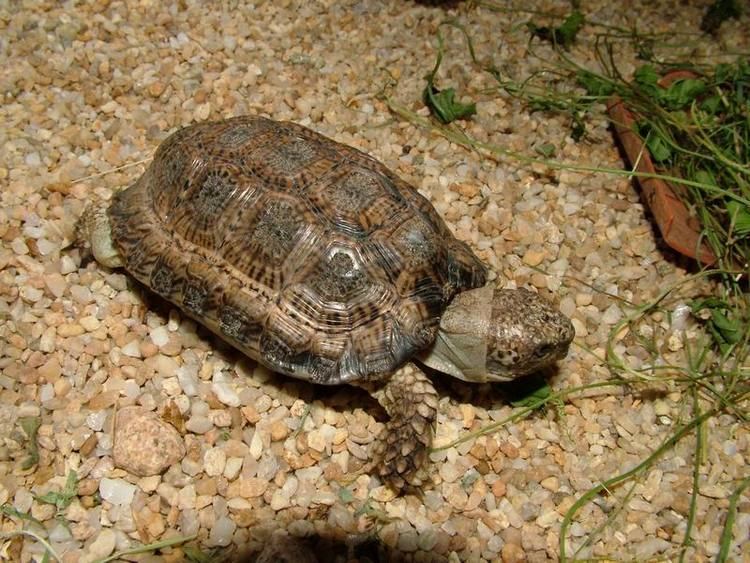
As a group, these closely related species are commonly known in Europe and Africa as padlopers (originally meaning "path-walkers" in Afrikaans), due to their habit of making tiny pathways through vegetation. In other parts of the world, such as the United States, they are known as Cape tortoises, as three of the five species live relatively near to the Cape of Good Hope.
Distribution

The genus is indigenous and endemic to southern Africa, with three of the species occurring only within South Africa, one only in Namibia, and one possibly spanning across the border region of both countries.
Species
The genus contains the following species:
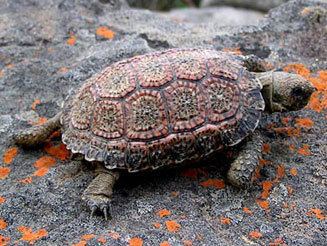
Conservation and captivity
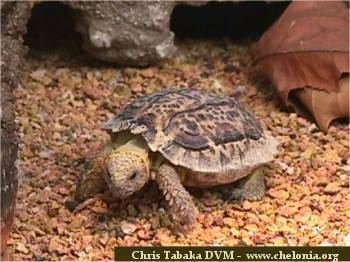
They are threatened by habitat destruction, traffic on roads, overgrazing, and poaching for the pet trade. Another threat comes from introduced species, such as domestic dogs and pigs.
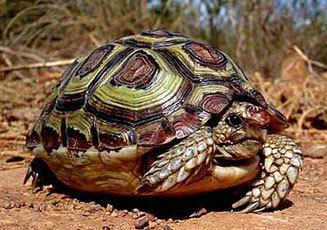
Among the Homopus species, the areolatus and signatus adapt well to captivity – as their diets are not highly specialized. The others do not generally survive well in captivity unless some effort is made to supply them with their natural food, that is, endemic plants from the Cape/Karoo regions. Many are taken from their natural habitat each year, and subsequently die as a result, as they do not readily adapt to typical captive diets and climatic change. However, they can be very hardy in captivity, and most problems with captive care are caused by faulty nutrition, high humidity or bad husbandry.
